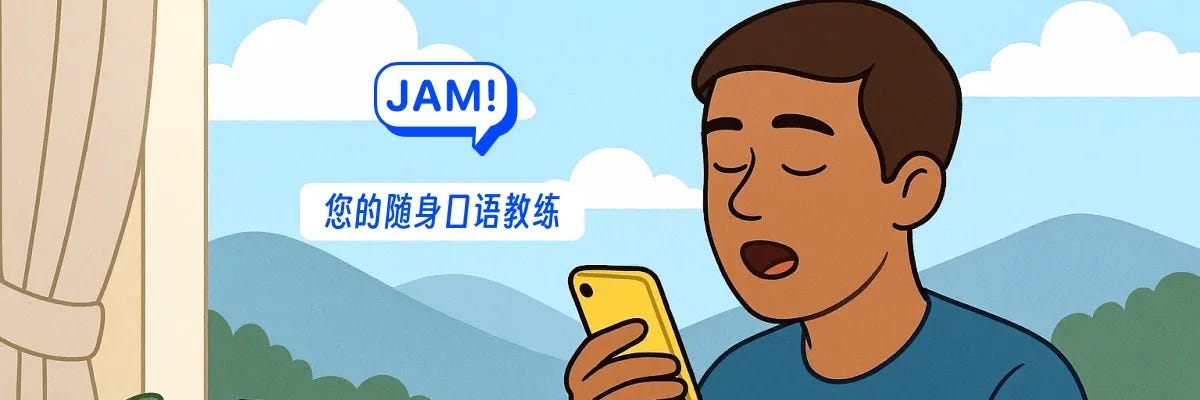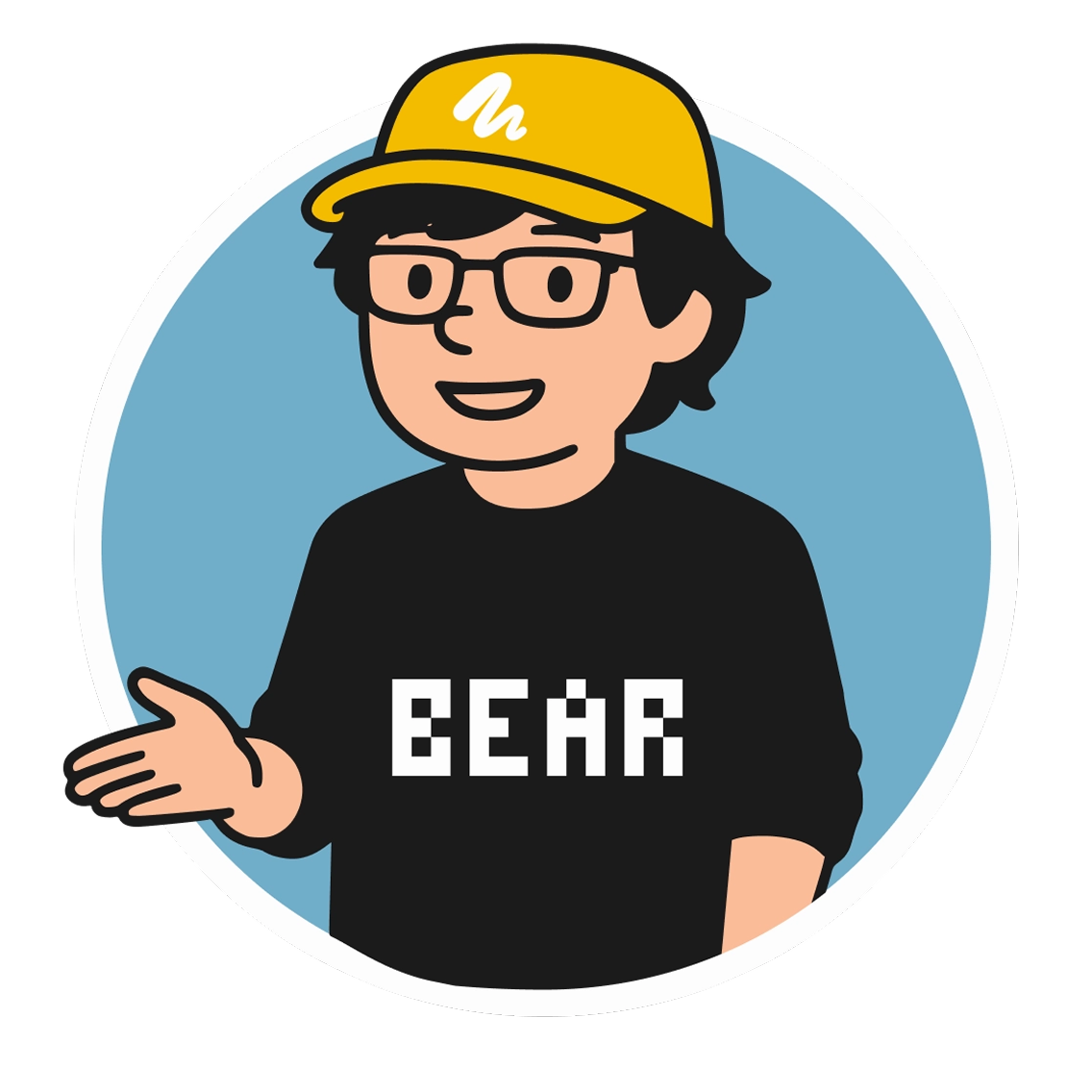74 / What is your lifeline project in the black-swan age?
Lessons from Black Swans and Side Projects
Hello my friend! 👋
Everyone reading this has lived through at least one black swan event: COVID. I was no exception.
Back in 2019, I had just broken into the field I’d been dreaming about for years—product design—when I joined Les Mills International in New Zealand. You’ve probably heard of Les Mills: it started as a gym brand, but its real business became creating fitness content and licensing it to gyms and instructors worldwide. For a long time, the model was rock solid.
I joined the digital products team that served gyms and instructors. The work was exciting, fresh, and full of learning. We ran workshops, launched new projects, and even had team-building sessions led by world-class trainers. Honestly, I was riding high. I even considered getting certified as a Les Mills instructor myself—an employee perk.
(That’s a photo from our annual company meeting, with Philip Mills speaking. Sixty-something, still built like an athlete, one of the best NZ CEOs. I really admire him)
At the end of 2019, the outbreak began in China. By early 2020, things still felt normal in New Zealand, but we were glued to the news from home—it was surreal. During one workshop on future risks and challenges, I suggested “a global pandemic.” The whole room, including my manager, laughed it off. Someone joked I’d just watched too many zombie movies—maybe I was expecting World War Z to start.
By March, New Zealand closed its borders and went into an unprecedented level-four lockdown. A full month at home. The black swan had arrived. Our team was cut, and the company came close to collapse.
But here’s where things turned. A few years earlier, Les Mills had planted a small seed (a side project): an online fitness content service. It had been limping along, never really taking off. Then in that single month, subscriptions to Les Mills On Demand skyrocketed, matching the growth from the previous five years combined. Global license fees dried up, cash flow took a beating, but that little side project kept the company alive.
What’s true for companies is just as true for individuals. Building a side project, a small venture on the edge, can be the thing that saves you when a black swan lands.
And that product manager who once laughed at my “zombie-movie” comment? He later sent me a message apologizing. Respect.
So, in an age of Black Swans, what’s your lifeline project?
Weekly Goodies
"How I Turned a $150 Month into a $1M Challenge" - Florin Pop’s Indie Hacker Story
What does it really take to go from a $150 side hustle to building a $1M challenge in public?
In this episode of BearTalk, I sit down with Florin Pop, an indie hacker and creator who left his developer job in 2019 with just six months of savings. Florin shares how he built his audience, launched viral challenges, sold his first startup, and now tracks his ambitious $1M journey live on the internet.
AI is a Floor Raiser, not a Ceiling Raiser
I recently came across an interesting article by the Elroy Team titled "AI is a Floor Raiser, not a Ceiling Raiser." What I found most valuable were the simple charts in the post that perfectly illustrated AI's role in the learning process. It really made me reconsider how we should be leveraging AI.
My Take:
The core insight is this: the traditional learning curve starts slow, but with AI, that initial hump can be massively accelerated.
Picture it like this: when you start a new skill, the beginning is always the hardest. But with AI's help, it can meet you at your exact skill level, answer your specific questions, and even handle the rote, repetitive work for you. This essentially raises the "floor," giving you a powerful boost right out of the gate.
However, the article also brought up a crucial warning: after that initial speed boost, if you just passively "cheat" and let AI do all the heavy lifting, you'll hit a plateau. You won't make any real progress because you're not putting in the human effort. It's like using a cheat code in a video game—you advance quickly at first, but you're not actually improving your own skills.
This is exactly why I created the JAM app. My goal was to build a tool that uses AI as an accelerator, not an excuse for laziness. It can help us focus on the more valuable parts of learning, but it still demands our own thinking and effort to truly internalize the knowledge.
That's how we move from simply using AI to actually leveraging it to become a better version of ourselves.
Original article: https://elroy.bot/blog/2025/07/29/ai-is-a-floor-raiser-not-a-ceiling-raiser.html
How to Design for Short Attention Spans
Let’s be honest: people don’t read websites anymore. They scan, they swipe, and they scroll like their thumbs are training for the Olympics. So how do we, as designers, capture their attention in this “Attention Deficit Era”? Ryan Almeida, in his article on Muzli, shares some fantastic, no-nonsense principles for designing with this reality in mind. The core idea? Embrace the chaos and design for clarity, not cleverness.
My Two Cents:
As a product designer, I’ve been thinking about this a lot. The article hits on so many things that feel incredibly true right now. We all know that feeling of being overwhelmed, and as designers, our job is to make sure our users feel empowered, not frustrated.
Here are the biggest takeaways that resonated with me:
One job per screen: This is a big one. It's so easy to cram everything onto a single page, but that just creates decision paralysis. One clear call-to-action per section is a game-changer.
Immediate feedback: When a user taps or clicks, they need to know it worked instantly. That little visual cue isn’t just a nice-to-have; it's a critical part of the user journey.
Predictable doesn't mean boring: This is a phrase I’m going to start using. We often chase novelty, but predictability builds trust. A familiar button layout or icon helps users feel comfortable and in control.
Test on real devices: No excuses here. Emulators are great for a quick check, but there’s nothing like seeing your design on a real phone or tablet in a real-world context.
This is a great reminder that good UX is all about empathy. We're not just moving pixels around; we're crafting an experience for real people with real lives and very little time to spare.
Original article: https://medium.muz.li/how-to-design-for-short-attention-spans-34369615827a
[ AD ] Speak English with confidence — in just 1 minute a day
JAM is the one-minute speaking app: pick up a random topic, talk for 60 seconds, and get instant AI feedback from Jammy. Fast, fun, and confidence-boosting.
Newsletter bonus: grab 1 month free (worth $5) and join the 30-day speaking challenge. One minute a day — see how fluent you sound in just a month.
Hello, I’m Bear—a product designer, UX mentor and an award‑winning bilingual podcast host, currently living in Auckland, New Zealand. I enjoy sharing insights from my work, life, and study, helping all of us grow together.
Bear Academy Newsletter is my weekly email packed with thoughts on technology, design, and productivity—featuring book breakdowns, learning tips, and career reflections. Subscribe for free at bear.academy
💬 Contact
Youtube.com/@Bearliu - A video is worth a thousand words
bear@beartalking.com - The old fashion email way
LinkedIn.com/in/bearliu - My professional life
Beartalking.com - all my posts, in English and Chinese
https://twitter.com/bearbig - Majorly I post in Chinese







